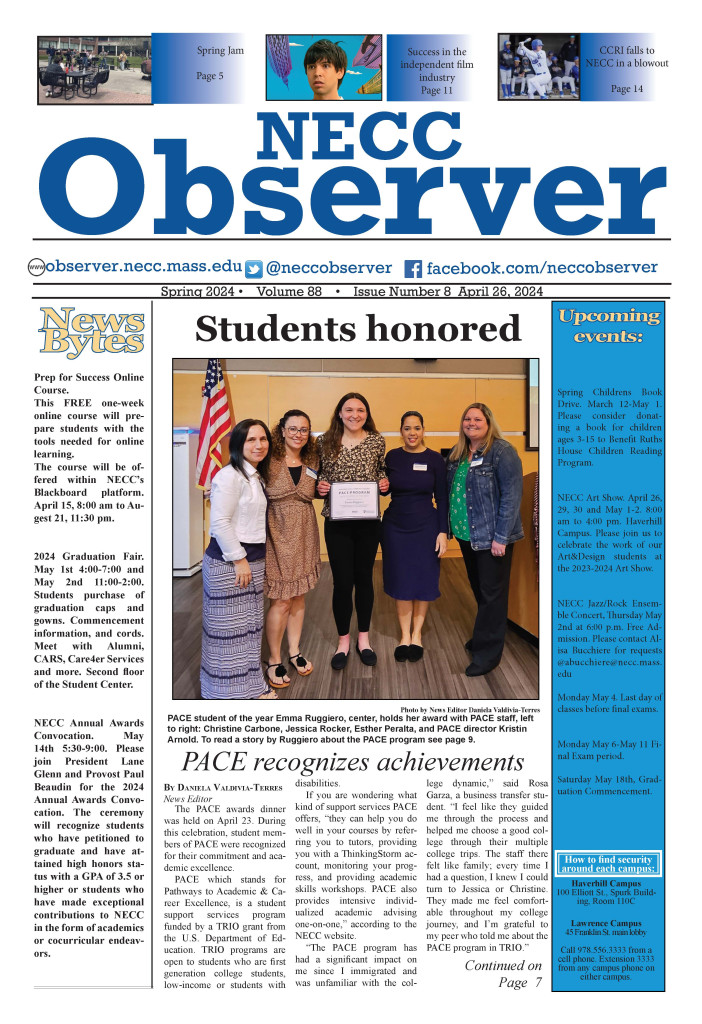In an era dominated by screens and digital devices, a growing concern is emerging about the impact of technology on children. The increasing prevalence of smartphones, tablets, and other gadgets has led to a generation of youngsters who are not just users but often obsessed with the digital world.
As this trend accelerates, parents, educators, and psychologists are grappling with the effects of this technological immersion on the well-being and development of children. Childrens obsession with technology manifests in various ways, from spending long hours playing video games to constant scrolling through social media platforms.
The addictive nature of these digital experiences can lead to detrimental effects on physical health, mental well-being, and overall cognitive development. One major consequence is the sedentary lifestyle that often accompanies excessive screen time.
Physical activity is essential for a child’s healthy development, promoting not only physical fitness but also cognitive and emotional well-being. When kids are glued to screens for extended periods, it can contribute to a lack of exercise, obesity, and related health issues. Furthermore, the constant exposure to digital content can impact a childs mental health.
The pressure to conform to online standards, coupled with the addictive nature of social media, may contribute to feelings of inadequacy, low self-esteem, and anxiety. The virtual world can sometimes blur the lines between reality and curated online personas, making it challenging for children to develop a healthy sense of identity.
Educationally, the overreliance on technology may hinder traditional learning experiences. Excessive screen time can detract from face-to-face interactions, essential for developing social skills and emotional intelligence. Moreover, it may contribute to shortened attention spans, making it difficult for children to engage in sustained, focused learning.
As parents and educators grapple with these challenges, the call for a balanced approach to technology use is becoming more urgent. Establishing clear guidelines for screen time, encouraging outdoor activities, and fostering open communication about the risks associated with excessive technology use are crucial steps in addressing this issue. Additionally, integrating digital literacy education into the curriculum can empower children to navigate the digital landscape responsibly. Teaching them about the potential pitfalls of online behavior and fostering critical thinking skills will contribute to a generation that is not just tech-savvy but also digitally responsible.
In conclusion, while technology undoubtedly offers numerous benefits, it is essential to recognize and address the potential negative impacts of childrens obsession with digital devices. Striking a balance between the digital and physical worlds is key to ensuring the healthy development of the next generation in an increasingly interconnected and technologically driven society.

